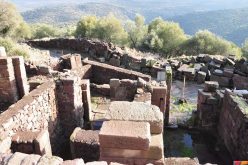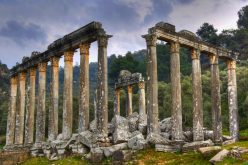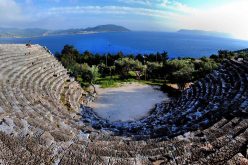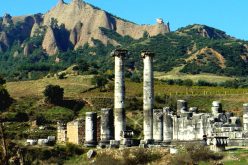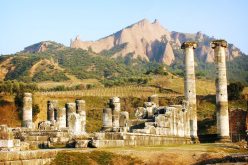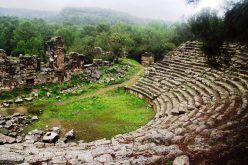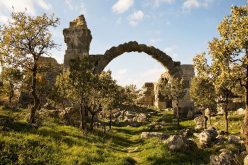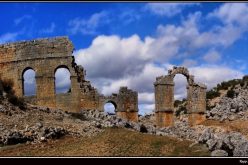Nysa
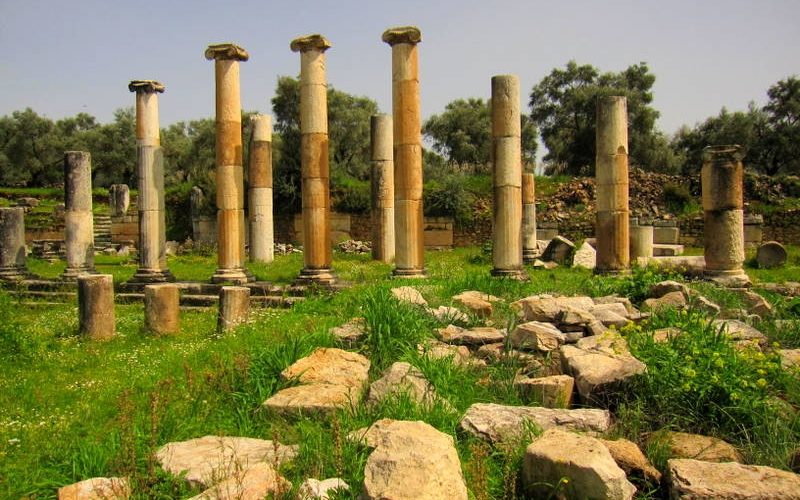
Nysa
Nysa, thirty two kilometers east of Aydin , surrounded by orange groves in the hills above the Buyuk Menderes Valley , this ancient site has a theatre, bouleuterion and an unusual layout but offers little interest to non-specialist visitors and is rarely visited. There are numerous arches and inferior masonry above ground and little else. The city founded by the Peloponnesians in the 1st century BC and flourished as a Byzantine community until the 3rd century AD was famous for its academic centre during the Roman era.
Strabo, the Greek geographer, studied here and left details of the city which can still be partly verified. The archaeological zone lies 2km above Sultanhisar Nysa’s modern replacement and offers a few eating places but no public transport up to the ruins. At the ruins, on the paved access road, is the ticket office and just north of there the well preserved Roman theatre with a capacity of over 5000 and whose seats are gradually being swamped with wild olives trees. Following the paved road 300m uphill is the start of the 200m walk to the bouleuterion with its 12 semicircular rows of seats facing out onto a ceremonial basin and mosaics. Strabo’s described the city as being built on the sides of a steep ravine and some of the monuments he mentions still cling to the ravine banks today. Passing through 115m long tunnel (burrowing under the car park) are the remains of two bridges linking Nysa and the stadium and gymnasium both now unrecognizable rubble and also off limits to visitors.
Other points of interest are the remains of baths adjoining the theatre and a two storey library building also almost lost amongst the wild olives.
Related Articles
Write a Comment
Only registered users can comment.




